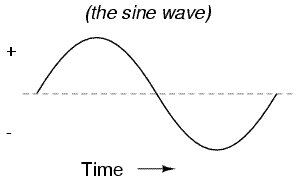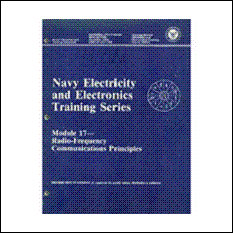AC Current and How it Works
In AC current (ac) the movement of electric charge periodically reverses direction. In direct current (DC), the flow of electric charge is only in one direction.
AC is the form in which electric power is delivered to your home and to other places like businesses. When an alternator produces AC voltage, the voltage switches polarity over time, but does so in a very particular manner. When graphed over time, the “wave” traced by this voltage of alternating polarity from an alternator takes on a distinct shape, known as a sinewave...
Shown in the illustration below.

In certain applications, different waveforms are used, such as triangular or square waves. Audio and radio signals carried on electrical wires are also examples of alternating current. In these applications, an important goal is often the recovery of information encoded (or modulated) onto the AC signal.
The frequency of the electrical system varies by country; most electric power is generated at either 50 or 60 Hz. Some countries have a mixture of 50 Hz and 60 Hz supplies.
A low frequency eases the design of low-speed electric motors, particularly for hoisting, crushing and rolling applications, and commutator-type traction motors for applications such as railways, but also causes a noticeable flicker in incandescent lighting and an objectionable flicker in fluorescent lamps.
The use of lower frequencies also provided the advantage of lower impedance losses, which are proportional to frequency.
Off-shore, military, textile industry, marine, computer mainframe, aircraft, and spacecraft applications sometimes use 400 Hz, for benefits of reduced weight of apparatus or higher motor speeds.
AC current can be sent hundreds of miles over power lines with no discernible loss of power through transmission.
DC current on the other hand can lose most of its useful power over long lines and requires more current at the source to ensure the DC reaches its destination with the amount needed to power the end use.
Coil Magnetic Fields
AC Generation fundamentals
Frequency
AC current values
Instantaneous values in an alternating (ac) current
Effective values in an ac signwave
Sign waves
Ohms Law in an ac circuit















